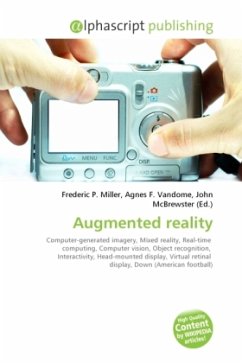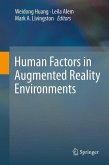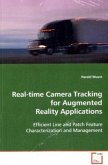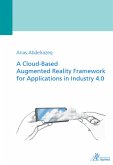Augmented reality (AR) is a term for a live direct or indirect view of a physical real-world environment whose elements are merged with (or augmented by) virtual computer- generated imagery - creating a mixed reality. The augmentation is conventionally in real-time and in semantic context with environmental elements, like for example sports scores on TV during a match. With the help of advanced AR technology (e.g. adding computer vision and object recognition) the information about the surrounding real world of the user becomes interactive and digitally usable. Artificial information about the environment and the objects in it can be stored and retrieved as an information layer on top of the real world view. The term augmented reality is believed to have been coined in 1990 by Thomas Caudell, an employee of Boeing at the time. Augmented reality research explores the application of computer-generated imagery in live-video streams as a way to expand the real-world. Advanced research includes use of head-mounted displays and virtual retinal displays for visualization purposes, and construction of controlled environments containing any number of sensors and actuators.
Bitte wählen Sie Ihr Anliegen aus.
Rechnungen
Retourenschein anfordern
Bestellstatus
Storno








